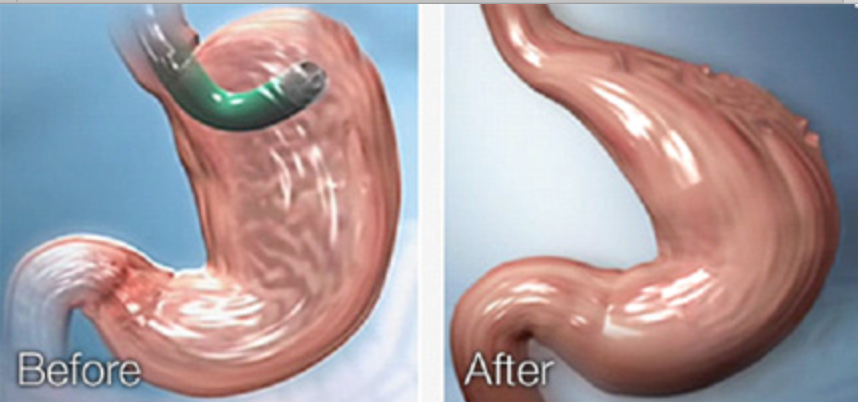Obesity is a chronic, lifelong disease that requires a multidisciplinary approach. Worldwide obesity has more than doubled since 1980; 39% of adults aged 18 years and above were overweight in 2014, and 13% were obese.
In Egypt, as of 2015, 20-30% of adults were obese. Being overweight and obese represents a rapidly growing threat to the health of populations in an increasing number of countries. Indeed, these diseases are now so common that they are replacing more traditional problems, such as malnutrition and infectious diseases, as the most significant causes of ill health.
Obesity’s health inflictions include coronary heart disease, hypertension and stroke, certain types of cancer, non-insulin-dependent diabetes mellitus, gallbladder disease, dyslipidaemia, osteoarthritis and gout, and pulmonary diseases, including sleep apnea, which record 2.5 million deaths annually. In addition, obese individuals suffer from social bias, prejudice, and discrimination.
Treating obesity requires working with a team of health professionals. The initial treatment goal is usually a modest weight loss—3% to 5% of your total weight. That means that if you weigh 91 kg and are obese by BMI standards, you would need to lose only about 2.7 to 4.5 kg for your health to begin to improve.
However, the more weight you lose, the greater the benefits. The treatment methods that are right for you depend on your level of obesity, your overall health, and your willingness to participate in your weight-loss plan. Other treatment tools include dietary changes, exercise and activity, behaviour change, prescription weight-loss medications, endoscopic (non-surgical) bariatric therapy, and weight-loss surgery.
Unfortunately, it is common to regain weight no matter what obesity treatment methods you try. If you take weight-loss medications, you will probably regain weight when you stop taking them. You might even regain weight after weight-loss surgery if you continue to overeat or overindulge in high-calorie foods. All weight-loss programmes require changes in your eating habits and increased physical activity.
Current research is focused on the development of alternative methods of obesity treatment that are less invasive, more cost-effective, and associated with a lower operative risk. Such methods should also be efficacious, durable, repeatable, reversible, and safe.
Endoluminal interventions performed entirely through the gastrointestinal (GI) tract, using flexible endoscopy, offer the potential for ambulatory weight loss procedures that may be safer and more cost-effective than current laparoscopic approaches.
Endoscopic therapies as a primary treatment modality for obesity have only more recently been explored. Endoscopic modalities in the treatment of obesity can be categorised into the following: space-occupying devices, gastric restrictive methods, malabsorptive endoscopic procedures, regulating gastric emptying, and other therapies (>15 new endoscopic methods). Of these methods, the most commonly employed are space-occupying devices as the gastric balloon and the gastric restrictive method as the POSE.
POSE stands for Primary Obesity Surgery Endolumenal. The POSE procedure is endoscopic—similar to the bypass revision procedure. It is designed for patients who have not previously undergone bariatric surgery.
In the POSE procedure, the stomach is folded in on itself, similar to gastric plication. However, POSE is performed using long, slim instruments inserted through the mouth. This endoscopic procedure is minimally invasive, leaves no scars and takes about 30-45 minutes to perform in an endoscopy suite using general anaesthesia. Like patients who have the gastric plication procedure, the stomach fold reduces the amount of food the stomach can hold, making them eat less and feel full sooner.
Ideal candidates for the POSE procedure have been obese (BMI of 30-35) for several years, have had serious nonsurgical weight-loss attempts proved unsuccessful, and have a willingness to make significant lifestyle changes. The benefits include: no intestinal rerouting, no implanted device left in the body, it may be reversible, and it has minimal post-operative pain.
Mohamed Abeid, MD, is a consultant gastroenterologist at Cairo University.




